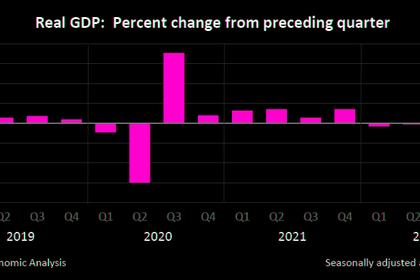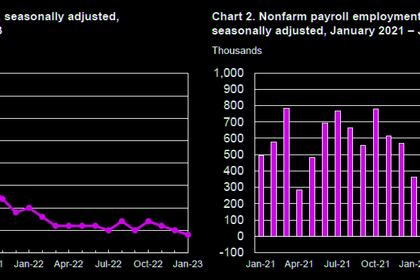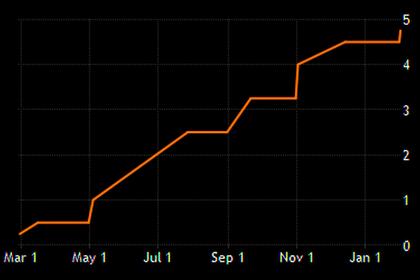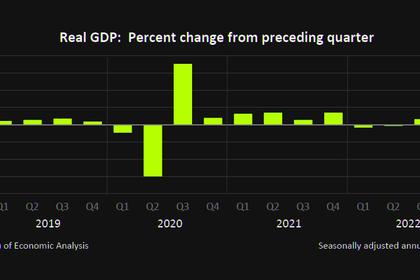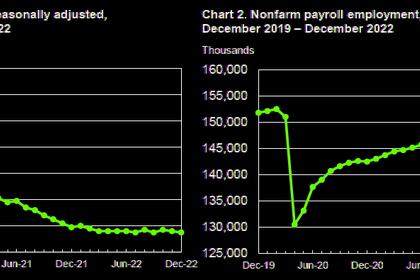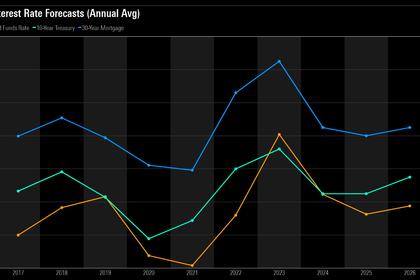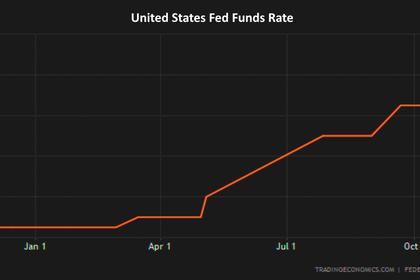
U.S. EMPLOYMENT UP BY 311,000
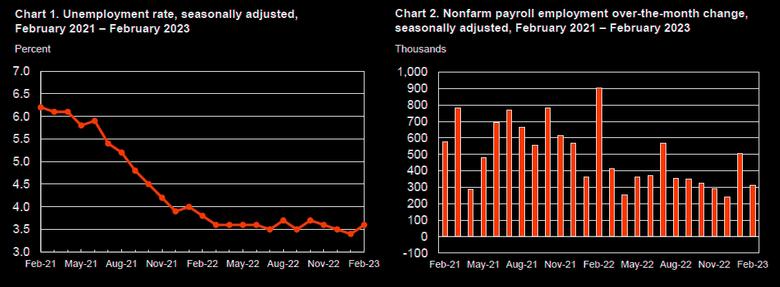
U.S. BLS - March 10, 2023 - THE EMPLOYMENT SITUATION— FEBRUARY 2023
Total nonfarm payroll employment rose by 311,000 in February, and the unemployment rate edged up to 3.6 percent, the U.S. Bureau of Labor Statistics reported today. Notable job gains occurred in leisure and hospitality, retail trade, government, and health care. Employment declined in information and in transportation and warehousing.
This news release presents statistics from two monthly surveys. The household survey measures labor force status, including unemployment, by demographic characteristics. The establishment survey measures nonfarm employment, hours, and earnings by industry. For more information about the concepts and statistical methodology used in these two surveys, see the Technical Note.
Household Survey Data
Both the unemployment rate, at 3.6 percent, and the number of unemployed persons, at 5.9 million, edged up in February. These measures have shown little net movement since early 2022. (See table A-1.)
Among the major worker groups, the unemployment rate for Hispanics (5.3 percent) increased in February. The unemployment rates for adult men (3.3 percent), adult women (3.2 percent), teenagers (11.1 percent), Whites (3.2 percent), Blacks (5.7 percent), and Asians (3.4 percent) changed little over the month. (See tables A-1, A-2, and A-3.)
The number of job losers and persons who completed temporary jobs increased by 223,000 in February to 2.8 million. (See table A-11.)
The number of persons jobless less than 5 weeks increased by 343,000 to 2.3 million in February, offsetting a decrease in the prior month. The number of long-term unemployed (those jobless for 27 weeks or more), at 1.1 million, changed little in February and accounted for 17.6 percent of the total unemployed. (See table A-12.)
In February, the labor force participation rate was little changed at 62.5 percent, and the employment-population ratio held at 60.2 percent. These measures have shown little net change since early 2022 and remain below their pre- pandemic February 2020 levels (63.3 percent and 61.1 percent, respectively). (See table A-1.)
The number of persons employed part time for economic reasons, at 4.1 million, was essentially unchanged in February. These individuals, who would have preferred full-time employment, were working part time because their hours had been reduced or they were unable to find full-time jobs. (See table A-8.)
The number of persons not in the labor force who currently want a job was little changed at 5.1 million in February. These individuals were not counted as unemployed because they were not actively looking for work during the 4 weeks preceding the survey or were unavailable to take a job. (See table A-1.)
Among those not in the labor force who wanted a job, the number of persons marginally attached to the labor force was little changed at 1.4 million in February. These individuals wanted and were available for work and had looked for a job sometime in the prior 12 months but had not looked for work in the 4 weeks preceding the survey. The number of discouraged workers, a subset of the marginally attached who believed that no jobs were available for them, also changed little over the month at 363,000. (See Summary table A.)
Establishment Survey Data
Total nonfarm payroll employment increased by 311,000 in February, compared with the average monthly gain of 343,000 over the prior 6 months. In February, notable job gains occurred in leisure and hospitality, retail trade, government, and health care. Employment declined in information and in transportation and warehousing. (See table B-1.)
Leisure and hospitality added 105,000 jobs in February, similar to the average monthly gain of 91,000 over the prior 6 months. Food services and drinking places added 70,000 jobs in February, and employment continued to trend up in accommodation (+14,000). Employment in leisure and hospitality is below its pre-pandemic February 2020 level by 410,000, or 2.4 percent.
Employment in retail trade rose by 50,000 in February, reflecting a gain in general merchandise retailers (+39,000). Retail trade employment is little changed on net over the year. Government employment increased by 46,000 in February, about the same as the average monthly gain of 44,000 over the prior 6 months. Employment in local government continued to trend up in February (+37,000). Overall, employment in government is below its pre-pandemic February 2020 level by 376,000, or 1.6 percent.
Employment in professional and business services continued to trend up in February (+45,000), with a gain of 12,000 in management, scientific, and technical consulting services. Employment in professional and business services had increased by an average of 35,000 per month over the prior 6 months.
Health care added 44,000 jobs in February, compared with the average monthly increase of 54,000 over the prior 6 months. In February, job growth occurred in hospitals (+19,000) and in nursing and residential care facilities (+14,000).
Construction employment grew by 24,000 in February, in line with the average monthly growth of 20,000 over the prior 6 months.
Employment in social assistance rose by 19,000 in February, similar to the average monthly gain of 22,000 over the prior 6 months.
In February, the information industry lost 25,000 jobs. Employment continued to trend down in motion picture and sound recording industries (-9,000) and in telecommunications (-3,000). Employment in information has decreased by 54,000 since November 2022.
Transportation and warehousing lost 22,000 jobs in February, including 9,000 in truck transportation.
Employment in transportation and warehousing is down by 42,000 since October 2022.
Employment showed little change over the month in other major industries, including mining, quarrying, and oil and gas extraction; manufacturing; wholesale trade; financial activities; and other services.
In February, average hourly earnings for all employees on private nonfarm payrolls rose by 8 cents, or 0.2 percent, to $33.09. Over the past 12 months, average hourly earnings have increased by 4.6 percent. In February, average hourly earnings of private-sector production and nonsupervisory employees rose by 13 cents, or 0.5 percent, to $28.42. (See tables B-3 and B-8.)
The average workweek for all employees on private nonfarm payrolls edged down by 0.1 hour to 34.5 hours in February. In manufacturing, the average workweek edged down by 0.2 hour to 40.3 hours, and overtime edged down by 0.1 hour to 3.0 hours. The average workweek for production and nonsupervisory employees on private nonfarm payrolls decreased by 0.2 hour to 33.9 hours. (See tables B-2 and B-7.)
The change in total nonfarm payroll employment for December was revised down by 21,000, from +260,000 to +239,000, and the change for January was revised down by 13,000, from +517,000 to +504,000. With these revisions, employment gains in December and January combined were 34,000 lower than previously reported. (Monthly revisions result from additional reports received from businesses and government agencies since the last published estimates and from the recalculation of seasonal factors.)
-----
Earlier:
